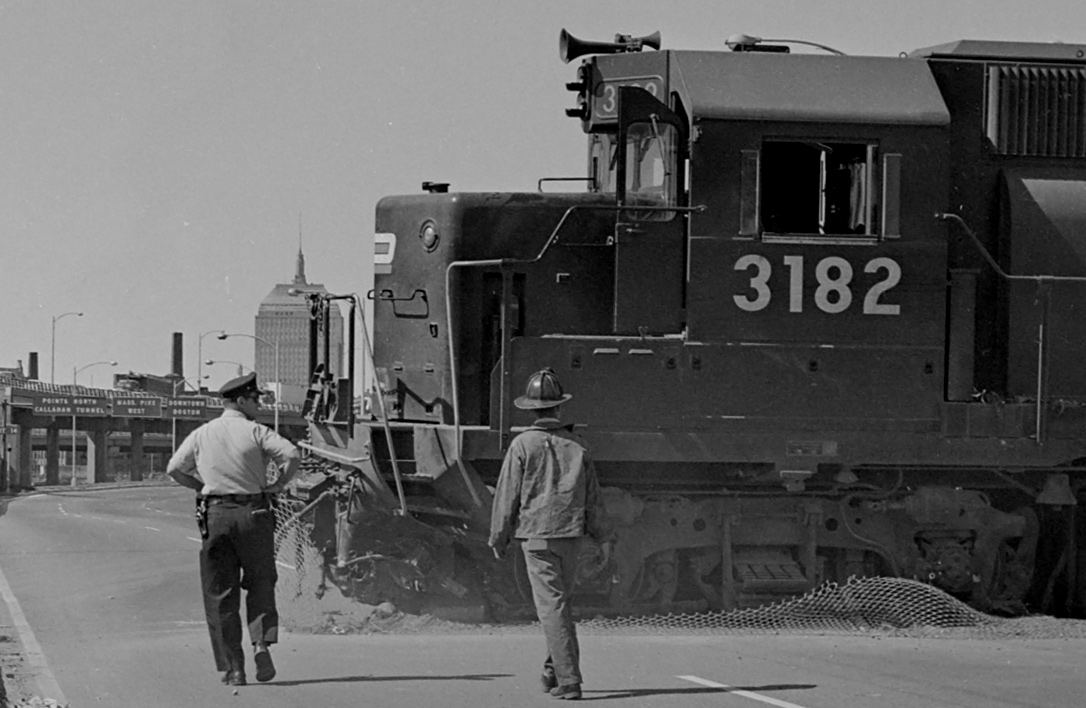millerm277
Active Member
- Joined
- Jun 25, 2013
- Messages
- 520
- Reaction score
- 607
Regarding the Blue Line... it may just be meaningless noise in the data. To momentarily put my armchair data scientist cap on:
Even during the off-peak segments, the variance is pretty small: we're talking about 8 minutes or 10 minutes instead of the on-target 9 minutes. My gut says that the average rider isn't going to notice that difference. (Compare to the Orange Line, where 6 minutes regularly turns into 10 minutes.) The off-peak headways are pretty much 9 minutes ± 11%.
I think the variance on the on-peak headways is actually pretty much the same. It looks smaller because, numerically, it is. But the target is 5 minutes, and 5 minutes minus 11% is 4.45 minutes, and if you look at the headways, you do indeed see them ranging from ~4.5 minutes to ~5.5 minutes.
@TransitMatters -- it would be awesome to have a "Download as CSV" feature to be able to dump the data in the on-screen visualization into a download that could be pulled into Excel or the like. I know this data is accessible elsewhere, so it's hardly an urgent request, but could be cool!
That all being said: looking at that off-peak section, I wonder if the T's internal timetable actually alternates between 9 minute and 10 minute headways for the off-peak Blue Line. Because that pattern is extremely regular. Moreover, the variance against alternating 9 minute/10 minute headways off-peak is very consistent with the variance for the peak 5 minute headway, which would make sense if both were driven by the inevitable variability in turning trains.
So, if that's the case, then there really isn't anything different going on off-peak. The Blue Line typically stays on schedule, give or take 30 seconds, throughout the course of the day; the schedule itself varies, but the performance, not so much.
Looking at what appears to be loaded in Google's transit scheduler (ex: Wonderland-Revere Beach trips), it looks like mid-day off peak scheduling varies between at least 9-11 minutes, so I don't think the T is running off schedule, but that the schedule varies.
And of course, the MBTA's public schedule just says "every 9-13 minutes" for off-peak service.


